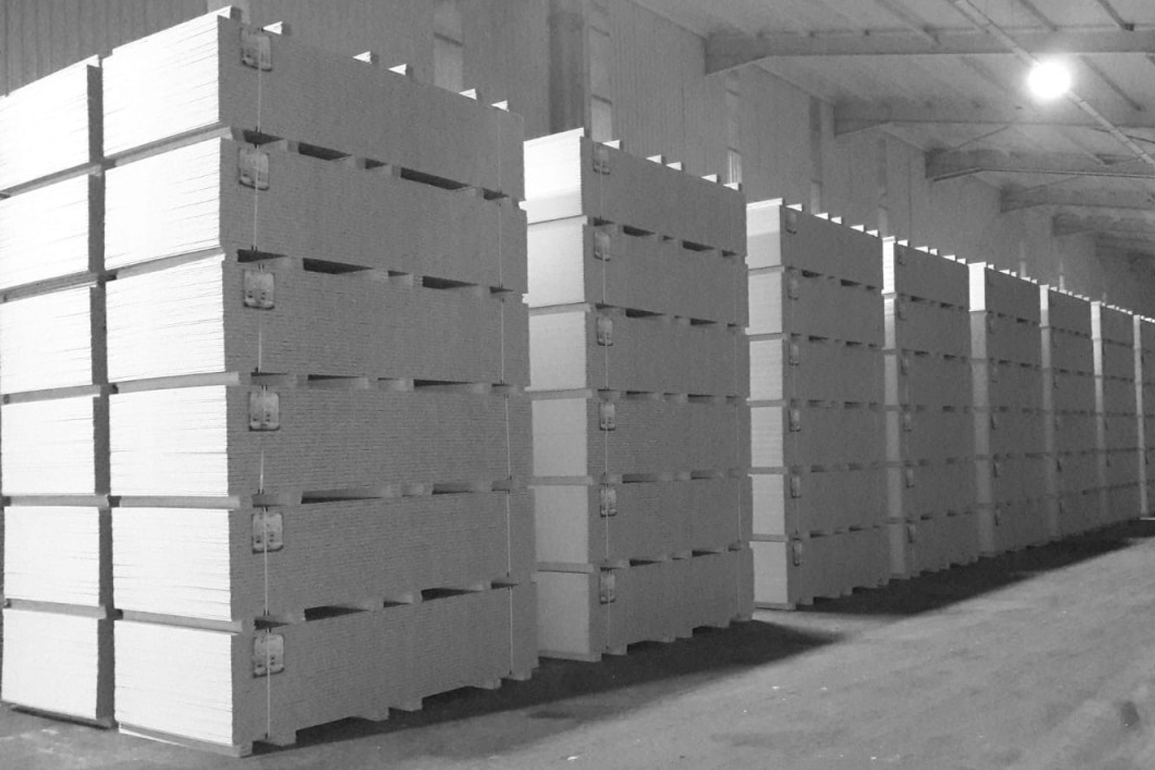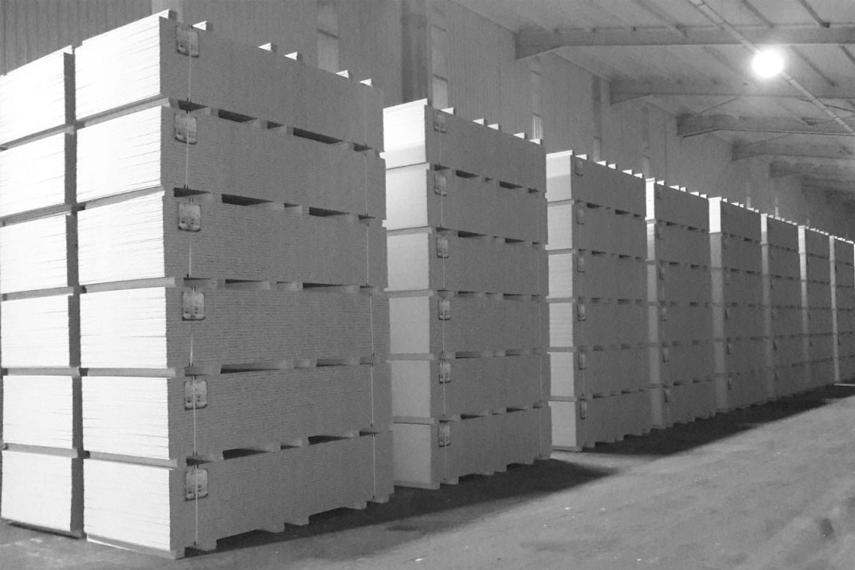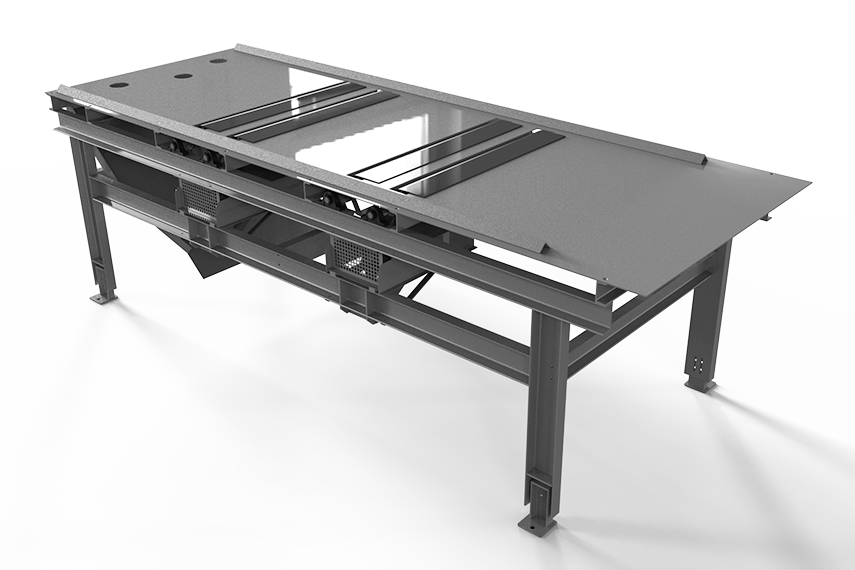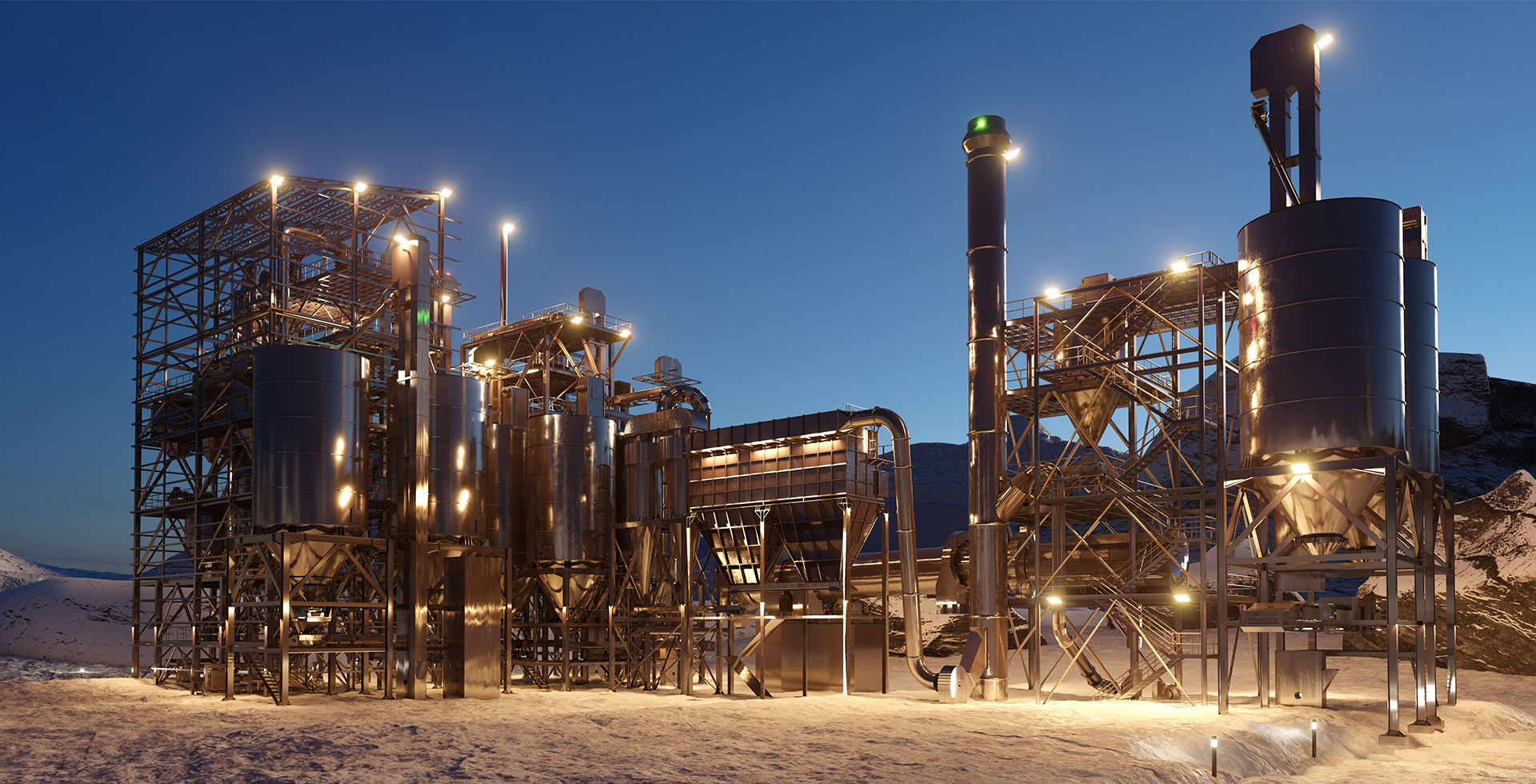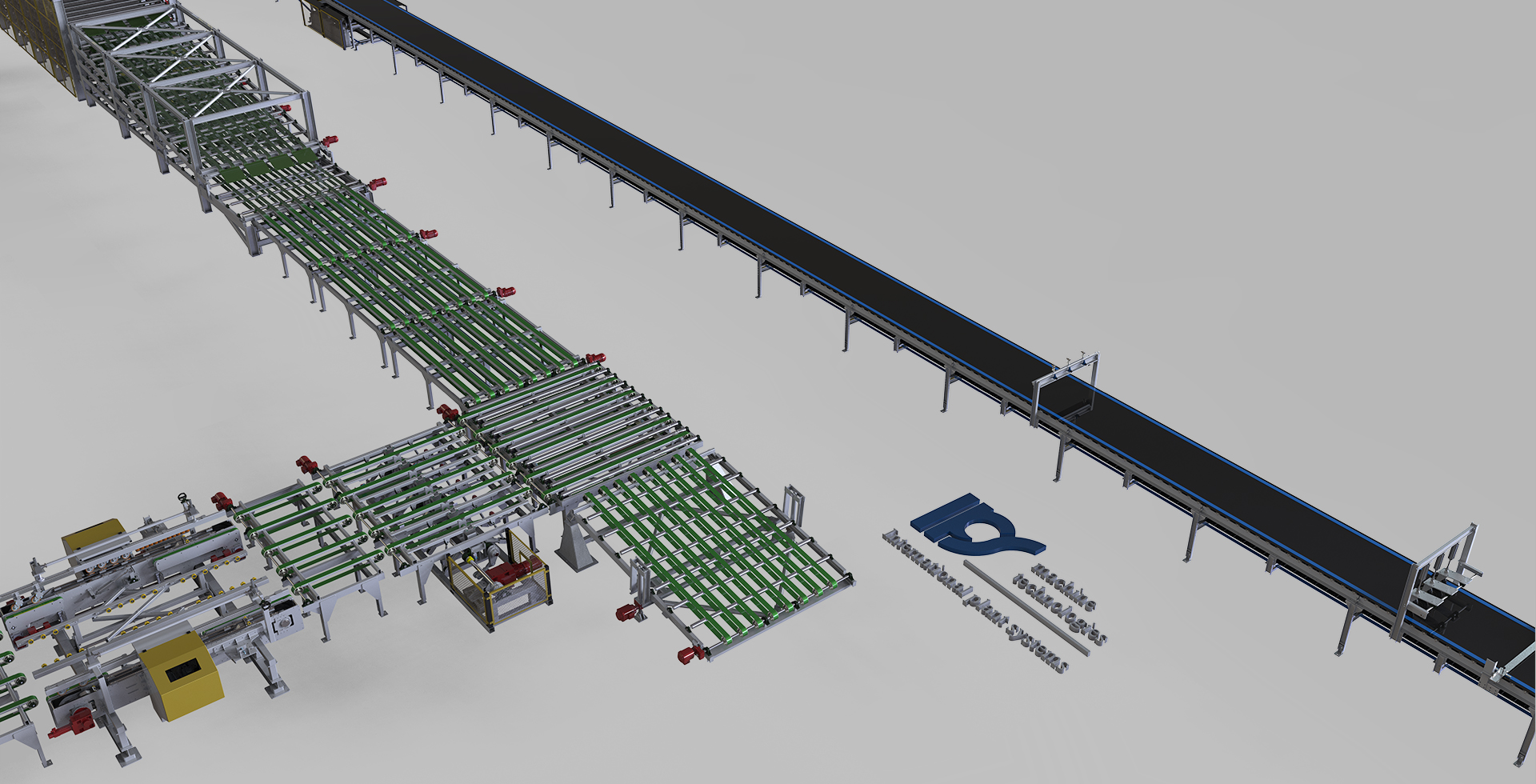Introduction to Gypsum Plasterboard: Types, Uses & Industry Overview
Gypsum plasterboard—commonly known simply as plasterboard or drywall—is one of the most widely used building materials in the world. Its lightweight structure, ease of installation, and excellent performance in fire resistance, sound insulation, and thermal regulation make it a staple in modern construction projects.
What Is Gypsum Plasterboard?
Plasterboard consists of a gypsum core (calcium sulfate hemihydrate) sandwiched between two durable sheets of paper. This structure gives it strength, flexibility, and workability, while gypsum’s natural fire-resistant properties enhance building safety.

It’s used primarily in interior walls and ceilings of residential, commercial, and industrial buildings. Beyond just wall covering, plasterboard also contributes to energy efficiency, acoustic comfort, and sustainable construction.
New technology and developments in the raw materials and machines enables us to produce plasterboards for exterior use, too.
Types of Plasterboard
Different environments and requirements call for specialized types of plasterboard, including:
- Standard Plasterboard: For general-purpose interior use.
- Moisture-Resistant Board: Designed for areas with high humidity, such as bathrooms and kitchens..
- Fire-Resistant Board: Contains additives for improved fire performance, used in areas requiring fire-rated construction.
- Soundproof (Acoustic) Board: Enhances sound insulation in walls and ceilings, ideal for hotels, offices, and homes.
- Impact-Resistant Board: Reinforced for high-traffic areas or where added durability is needed.
- Foil-Backed Board: With a foil layer to improve thermal insulation and vapor control.
- Exterior Board: With special glass-fiber mat covered boards, suitable to use on the exterior surface of the buildings.
- and many other types developed and formulated in accordance with market requirements
Where Is Plasterboard Used?
Plasterboard is an essential component in:
- Partition walls
- Ceiling linings
- Wall linings over masonry
- Dry lining systems
- Prefabricated building components
- Building exterior surface
Its versatility also extends to curved surfaces, decorative finishes, and advanced architectural designsю
Gypsum plasterboard is much more than a building panel—it’s a key player in sustainable and efficient construction. In upcoming editions, we’ll explore its production process, machinery, quality standards, and emerging technologies shaping the future of the industry.



